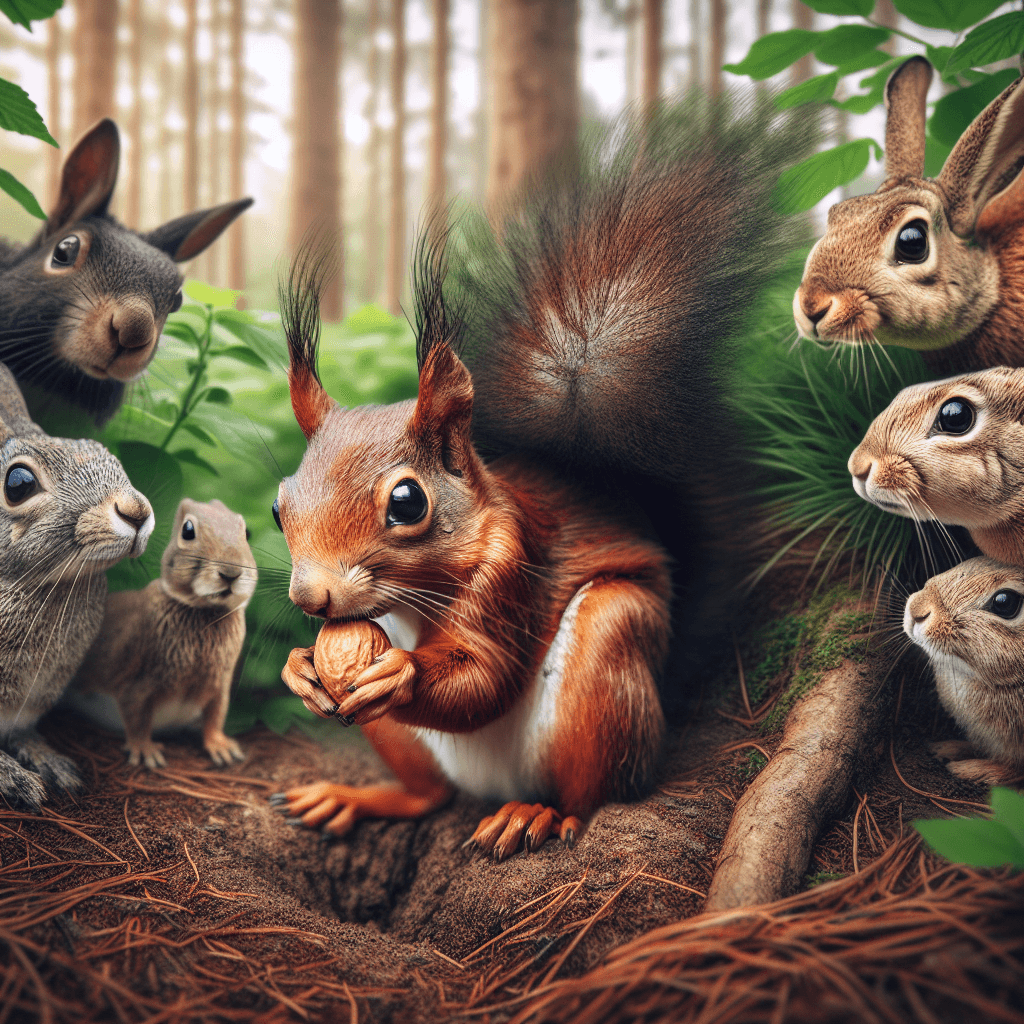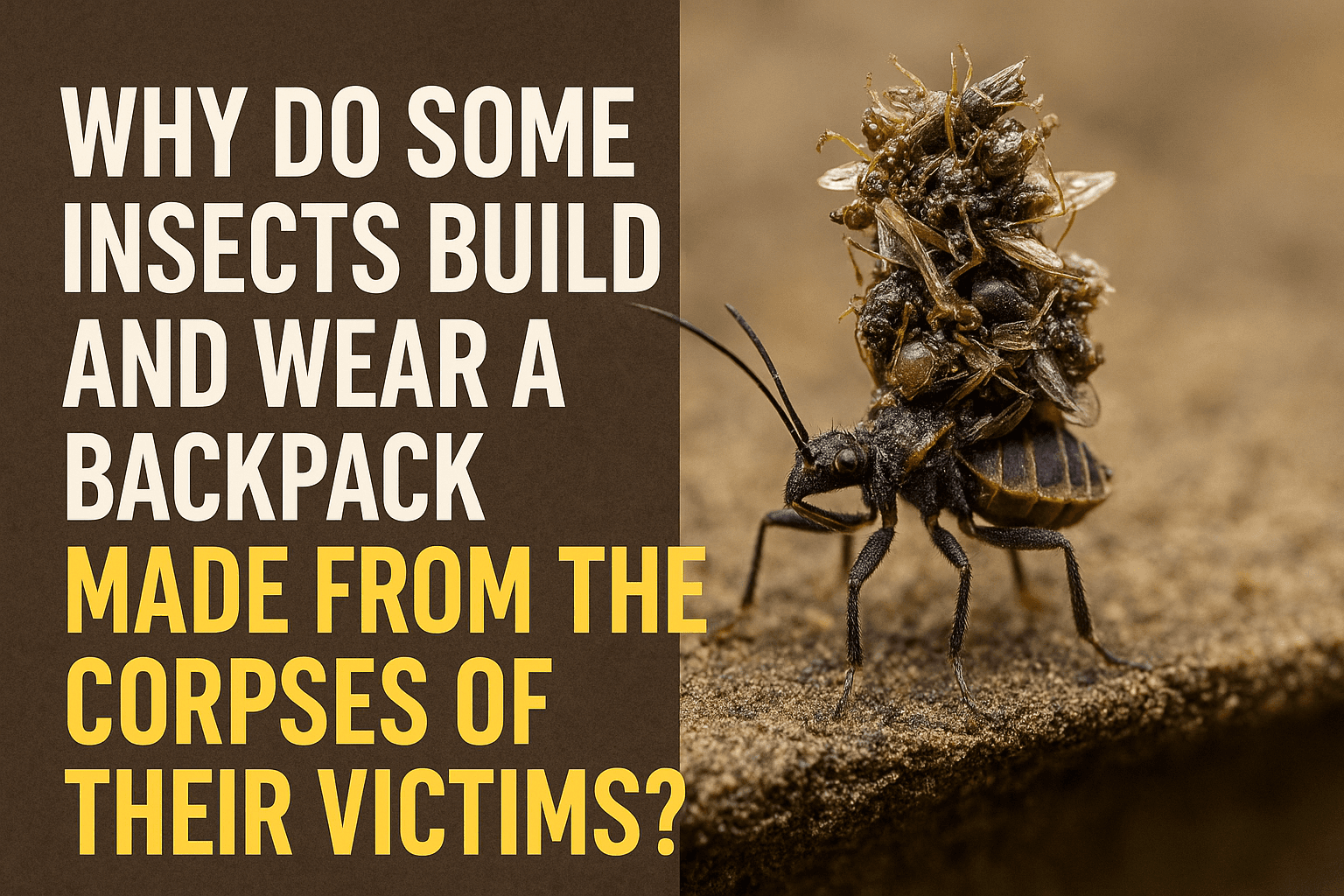Why do squirrels pretend to bury nuts to trick other animals
Discover the high-stakes shell game happening in your own backyard, where cunning squirrels perform elaborate, fake burials to outwit an entire audience of thieves.


Too Long; Didn't Read
TLDR: Squirrels pretend to bury nuts to deceive other animals that are watching, tricking them into looking in the wrong place and keeping their real food stashes safe.
The Great Nut Heist: Why Do Squirrels Pretend to Bury Nuts to Trick Other Animals?
Have you ever stopped to watch a grey squirrel in a park, frantically digging a small hole, pushing an acorn in with its nose, and then meticulously patting the earth back down? It’s a common and endearing sight. But what if we told you that, sometimes, it’s all an elaborate lie? The squirrel might dig, pat, and cover, but the precious nut never leaves its possession. This fascinating act of subterfuge isn't just a quirky habit; it's a highly intelligent survival strategy. This blog post will delve into the crafty world of squirrel deception, exploring why these clever rodents go to such lengths to trick their rivals.
The High-Stakes World of Squirrel Food Caching
To understand the deception, we first need to understand the motivation. Squirrels are "scatter-hoarders," meaning they store food in numerous small caches to retrieve later, especially during the harsh winter months when food is scarce. A single eastern grey squirrel might bury thousands of nuts in a single season. This behavior is crucial for survival.
However, this strategy comes with a significant risk: theft. Other squirrels, as well as sharp-eyed birds like blue jays and crows, are constantly on the lookout for an easy meal. Studies on animal behavior have shown that a squirrel can lose a substantial portion of its winter stash—sometimes up to 25%—to these pilferers. When your life depends on your stored food, protecting it becomes a top priority, and this is where their cunning comes into play.
Deceptive Caching: The Art of the Fake-Out
The behavior of faking a burial is known by scientists as "deceptive caching." It’s a calculated act of misdirection designed to fool potential thieves. A squirrel engaging in this behavior will:
- Select a location, often in full view of a known or suspected observer.
- Dig a hole with all the usual energy and enthusiasm.
- Press its face into the hole as if it were dropping a nut.
- Meticulously cover the empty hole, patting the dirt and leaves down with its paws.
- Run off with the real nut still tucked safely in its mouth, ready to be buried in a more secret location.
This isn’t a random or confused action. Researchers, such as those from the University of Exeter, have observed that squirrels are far more likely to perform these fake-outs when they know they are being watched. If a squirrel is alone, it will simply bury its nut and move on. But if another squirrel is nearby, the frequency of deceptive caching increases dramatically. They are actively assessing the risk of theft and deploying a counter-intelligence strategy.
More Than a Cute Trick: A Glimpse into Squirrel Intelligence
This behavior is more than just a clever survival tactic; it provides a fascinating window into the cognitive abilities of squirrels. Tactical deception of this kind suggests a surprisingly complex level of thinking.
For an animal to try and mislead another, it must possess a basic "theory of mind"—the ability to understand that another individual has its own beliefs and intentions that can be manipulated. The squirrel isn't just hiding its food; it's actively trying to plant a false belief in the mind of the observer ("the food is here!"). It understands that the watching animal wants the nut and is acting to thwart that intention. This ability to anticipate the thoughts and actions of others is a mark of advanced intelligence rarely attributed to common rodents.
Conclusion: The Backyard Illusionist
So, why do squirrels pretend to bury nuts? In short, it’s a brilliant anti-theft system rooted in a deep understanding of their social environment. By creating numerous decoy caches, they protect their truly valuable food stores, increasing their chances of surviving the winter. This behavior demonstrates that squirrels are not just instinctive hoarders but are also adaptable, strategic thinkers capable of problem-solving and deception. The next time you see a squirrel meticulously covering a patch of ground, pay close attention. You might not be witnessing a simple burial, but a masterful illusion performed by one of the cleverest tacticians in your backyard.
More Articles

What creates the warm crackle sound unique to vinyl records?
That iconic warm crackle is more than just dust and nostalgia—it's the sound of a microscopic story of friction and physics being told in real-time.

Why do some insects build and wear a backpack made from the corpses of their victims?
For some of nature's tiniest predators, the best defense is a grisly offense—building a protective shield from the corpses of their vanquished prey.

Why are Earth's deserts not random, but aligned in two distinct belts?
It’s not a coincidence that the world's great deserts are aligned in two perfect bands; they are the direct creation of massive, invisible rivers of air that perpetually circle the globe.